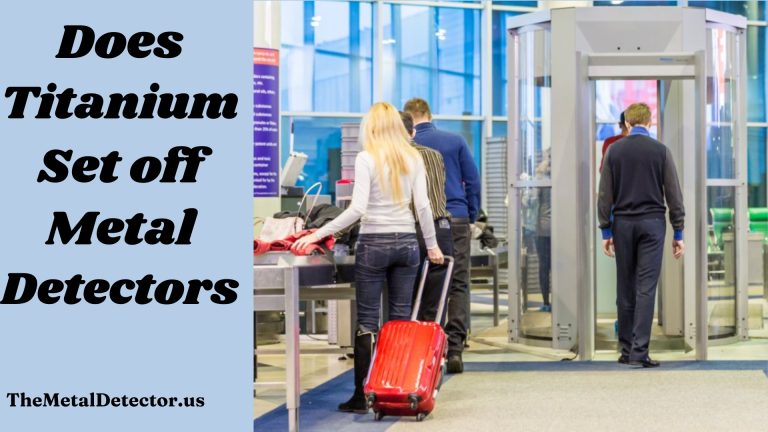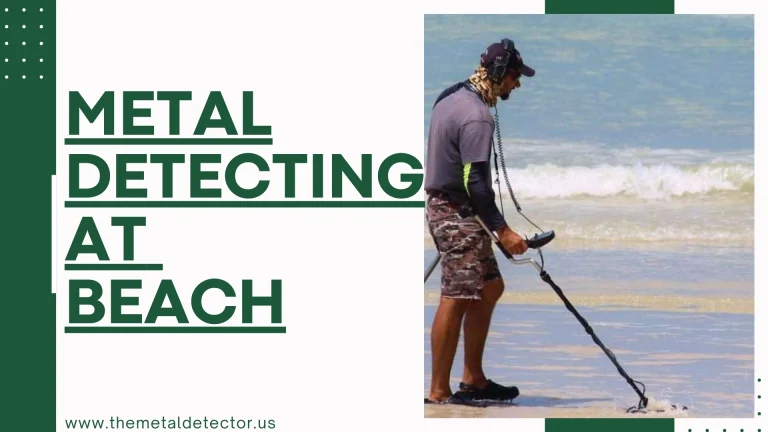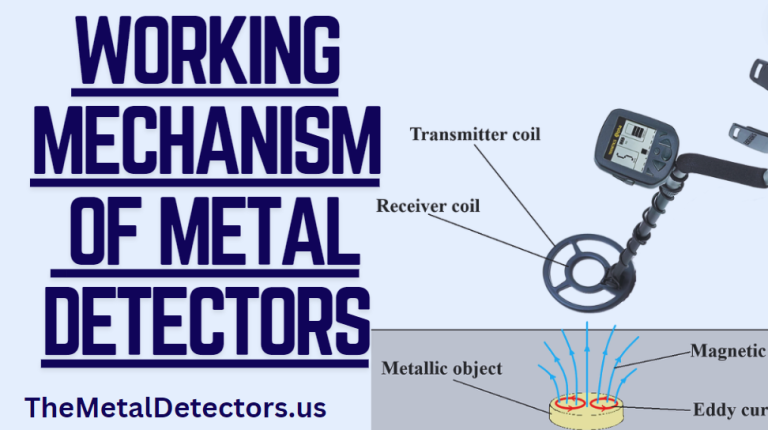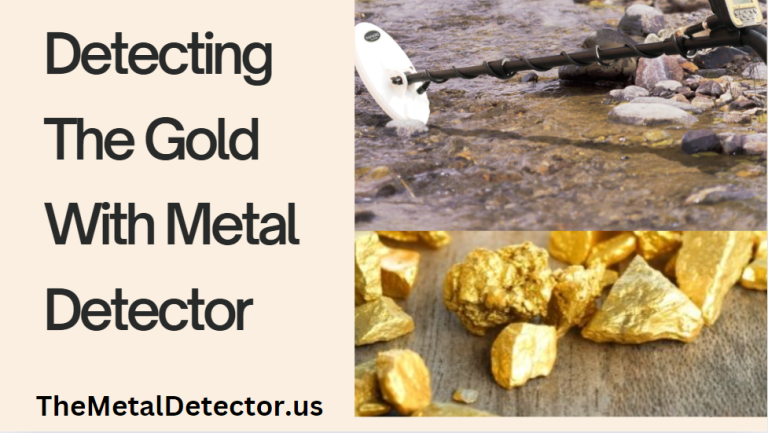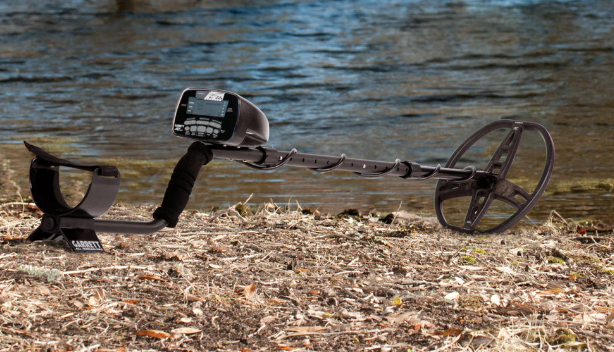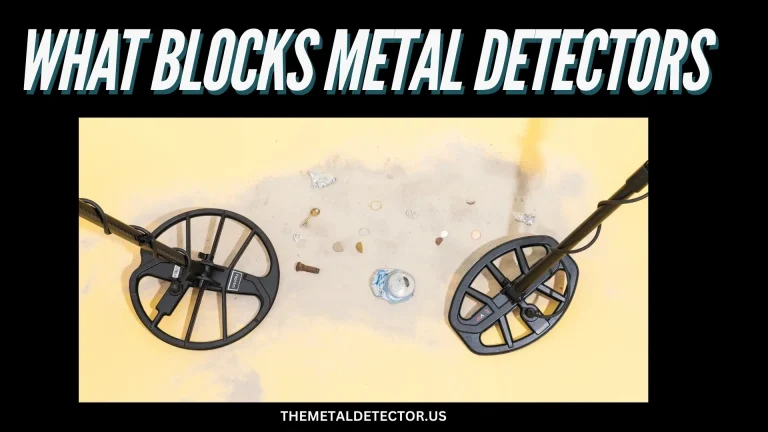How to use a Bounty Hunter Metal Detector | 2025 Guide
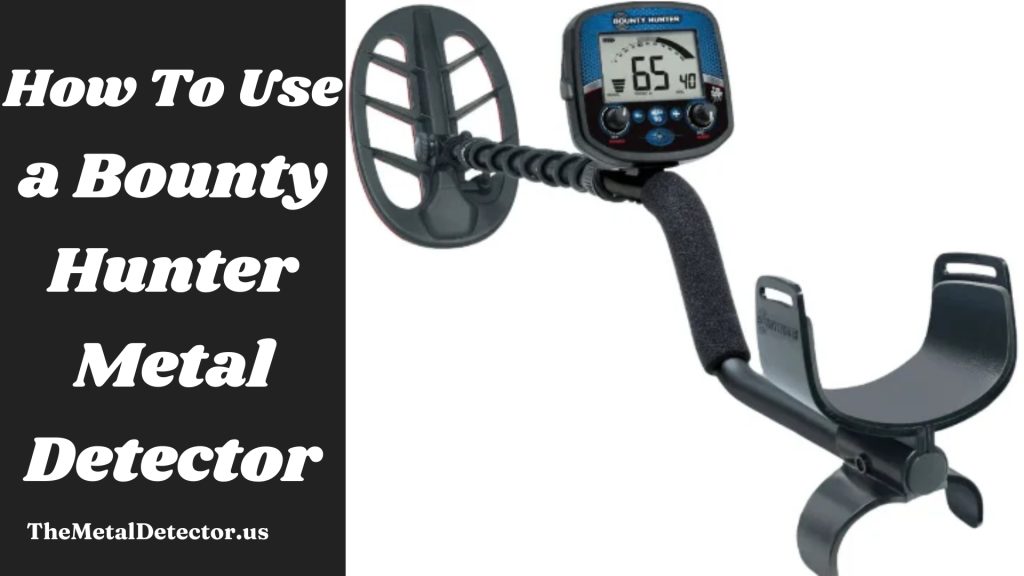
Have you ever thought about what hidden treasures might be buried in the ground around you? A Bounty Hunter metal detector can help you find coins, relics, or even gold items. But to get the best results, you need to know how to use it properly and some people don’t know how to use it. Just because of this problem, many people might not get the extraordinary results from this detector which it is capable of.
Whether you’re just starting or want to improve your skills, learning to use a Bounty Hunter metal detector is the key to success. This guide will show you the basics, from setting up your detector to using it to find hidden treasures. Let’s get started and learn more about “How to use a Bounty Hunter Metal Detector” and turn your next adventure into an exciting treasure hunt journey.
Understanding Your Bounty Hunter Metal Detector
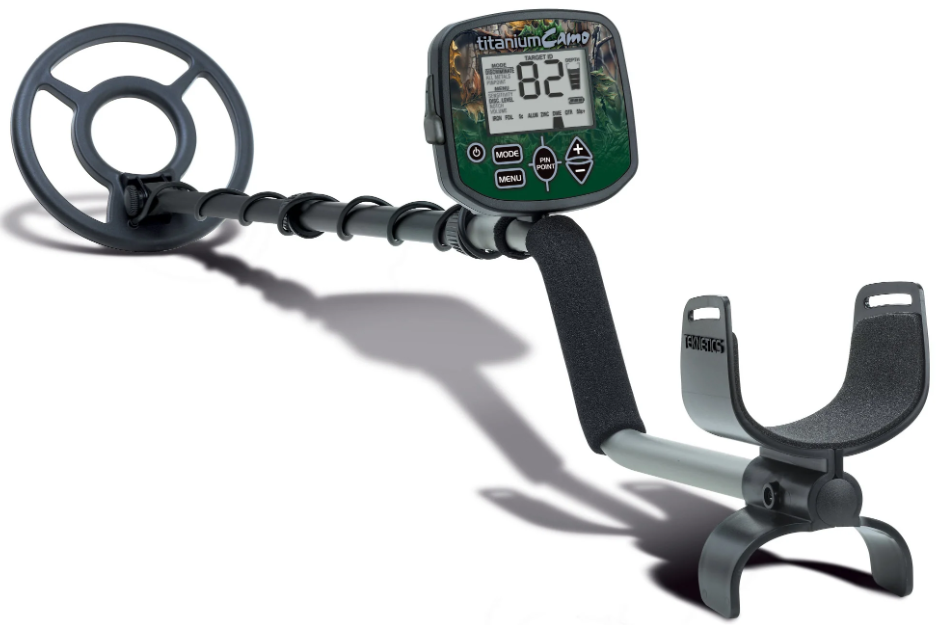
Before you start using your bounty hunter metal detector, it is very essential and helpful to know how it works. This device helps you locate and find metal objects buried under the ground such as coins, relics and jewelry. It sends signals into the ground and makes a beeping sound whenever it detects some metal objects. By learning about the most important components of it you can surely be rewarded for sure.
Overview of Key Components
Let’s discuss the two main components of the bounty hunter metal detector. These two components are the control box and the search coil.
Control Box
The control box is a part where all the components of your metal detector are found. It is the place from where you can manage all the settings of it which includes buttons, knobs and a screen which allows you to adjust the metal detector and make it work as you like. You can also change the sensitivity of the detector to find the metals of different types. The control box is also called the brain of the metal detector.
Search Coil
The round-shaped part at the bottom of the metal detector is called a search coil. This is the part which you sweep over the ground to look for the metal objects. The search coil sends signals into the ground, and when it detects metal, it sends that information back to the control box. The search coil is like the detector’s eyes, helping you locate buried treasures.
Headphone Jack
The headphone jack is where you can plug in headphones. Using headphones helps you hear the detector’s signals more clearly, especially in noisy areas. This makes it easier for the detectorists to focus on the sounds that indicate they have found something.
Battery Compartment
The battery compartment is where you put the batteries that power the metal detector. It’s usually located on the control box. Depending on the model, you might need different types or numbers of batteries. Always make sure your batteries are fresh so your detector works properly.
Discrimination and Sensitivity Controls
The discrimination and sensitivity controls are knobs or buttons that help you adjust how the detector works. Discrimination lets you choose which types of metal you want to find or ignore, like filtering out trash. Sensitivity controls tell how deep the detector can search. By adjusting these settings, you can fine-tune the detector to match the area you’re searching in and the type of items you’re looking for.
You should also read our helpful guide on: How to use metal detectors
Basic Operation
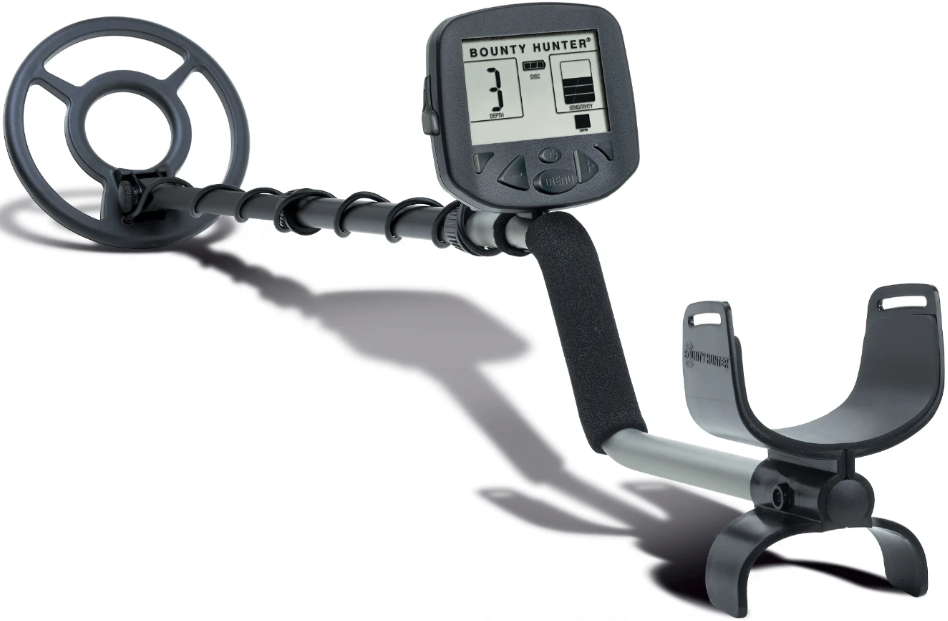
To start using your Bounty Hunter metal detector, first, turn it on by pressing the power button located on the control box. Once it’s on, you can begin detecting by slowly sweeping the search coil over the ground. The detector will make a sound or show a signal on the display screen when it detects a metal object. Always ensure that the detector is set to the appropriate mode and sensitivity level for the area you are searching.
Selecting the Right Mode
Your Bounty Hunter metal detector has different detection modes. Each mode is designed for specific types of metal detecting:
Choosing the right mode depends on what you are searching for. If you are looking for everything, use All-Metal mode. If you are trying to avoid junk, Discrimination mode is the better choice.
Ground Balancing
Ground balancing is a feature that helps your metal detector ignore the natural minerals in the soil so it can focus on finding metal objects. To properly ground balance your detector:
This ensures that your detector gives accurate readings, especially in areas with highly mineralized soil.
Swinging the Coil
The way you swing the search coil over the ground is crucial for effective metal detecting. Here is the proper technique:
You may be interested in: Does titanium set off metal detectors
Advanced Tips for Effective Treasure Hunting
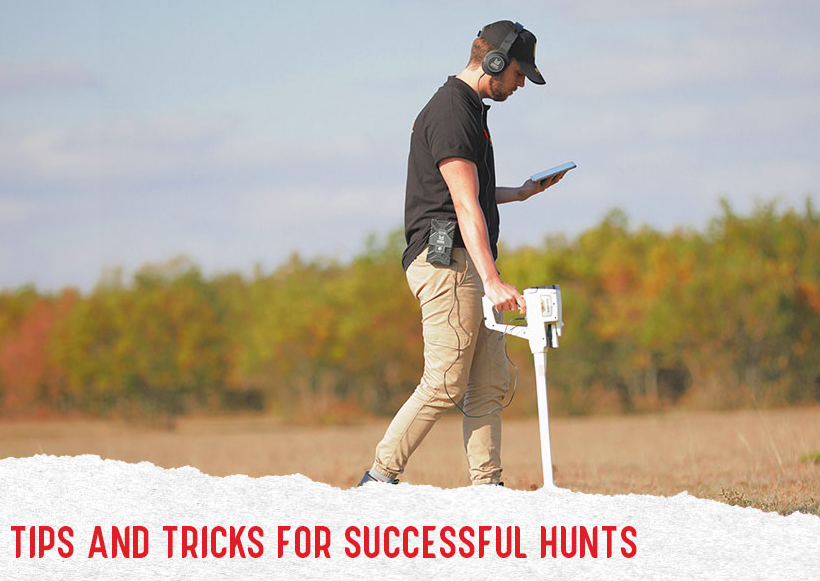
Here are some advanced tips for you that will make your treasure hunting more effective.
Interpreting the Sounds and Signals from the Detector
When you use your Bounty Hunter metal detector, you will hear different sounds or see different signals on the display screen when the detector finds something. Learning to interpret these sounds and signals is key to successful treasure hunting:
Get some useful information about the types of metal detectors
How to Adjust Settings for Different Environments
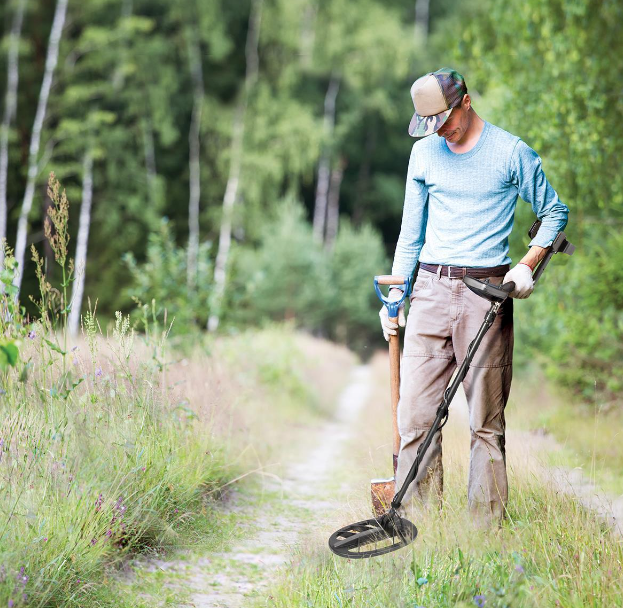
Different environments require different settings on your metal detector to get the best results:
Tips for Cleaning and Storing Your Detector to Ensure Longevity
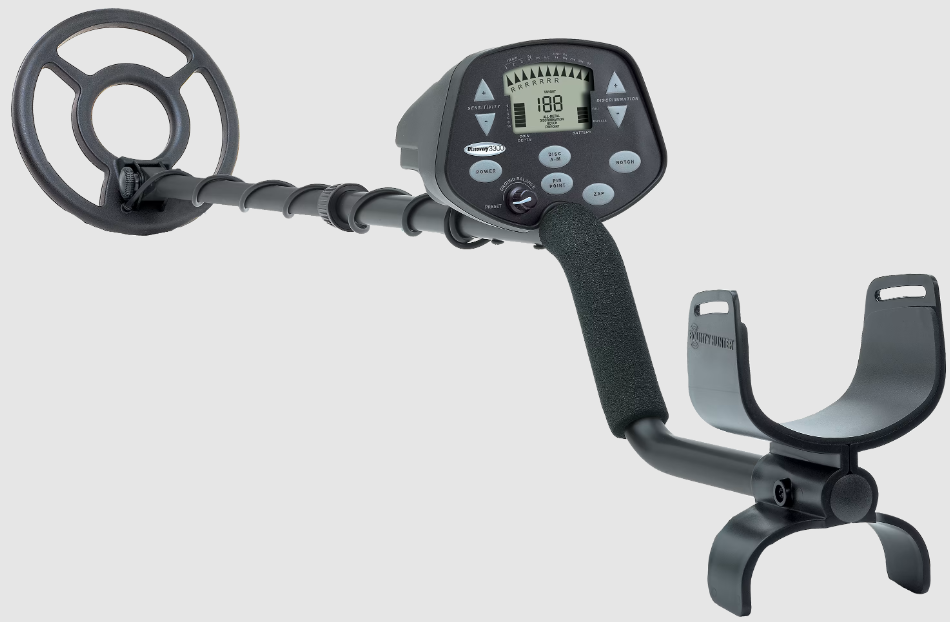
Taking care of your Bounty Hunter metal detector will help it last longer and perform better. After each use, especially if you have been at the beach or in muddy areas. You have to gently wipe down the search coil and shaft with a cloth. Avoid getting water on the control box. If the detector is very dirty, use a mild soap and water solution, but be careful not to soak it.
When you are not using the detector, store it in a cool, dry place. If it’s adjustable, shorten the shaft to save space and prevent damage. Remove the batteries if you won’t be using them for a while to avoid any leakage that could damage the detector.
Common Mistakes to Avoid
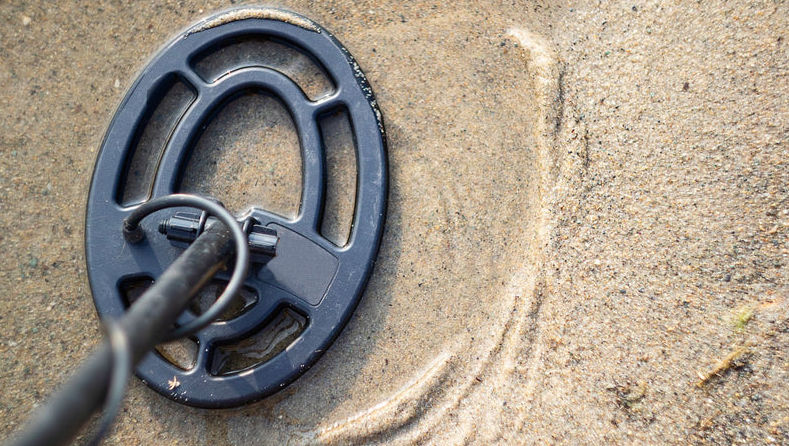
When you are new to metal detecting, you often make some common mistakes. If you know what these mistakes are and how to avoid them can make your metal detecting more successful and enjoyable.
Swinging the Coil Too Fast
Not Overlapping Your Sweeps
Ignoring Ground Balancing
Using the Wrong Sensitivity Setting
Not Checking the Batteries
Giving Up Too Soon
Conclusion
Learning “How to use a Bounty Hunter metal detector” can lead to exciting detecting, like finding coins, jewelry, or other hidden treasures. By understanding the basic parts, such as the control box and search coil, you will be ready to start your metal-detecting journey. By knowing how to operate the detector, choose the right mode, and properly balance it for the ground will help you get accurate results.
As you gain experience, you will learn to recognize the sounds and signals from your detector, adjust settings for different places like the beach or park, and take care of your detector so it lasts a long time. Avoiding common mistakes, like moving the coil too fast or not ground balancing, will make your searches more successful and enjoyable.
Remember, practice and patience are important. The more you use your detector, the better you’ll get at finding valuable items. So, take your Bounty Hunter metal detector, follow these tips, and enjoy the excitement of metal detecting.

